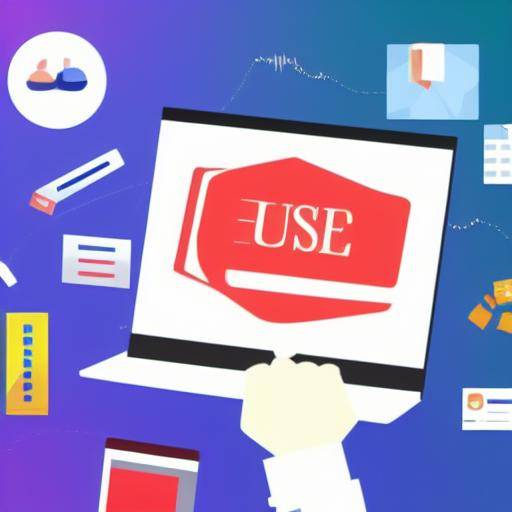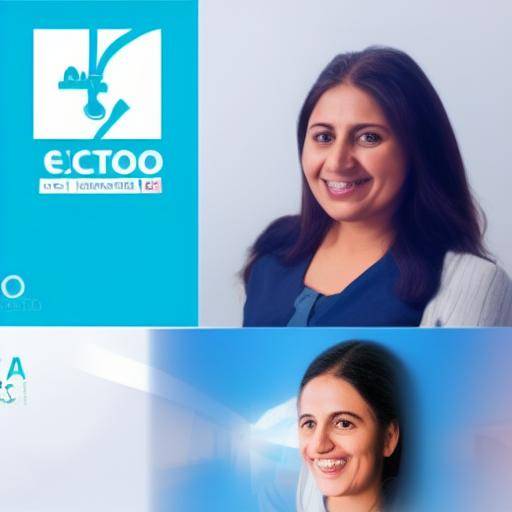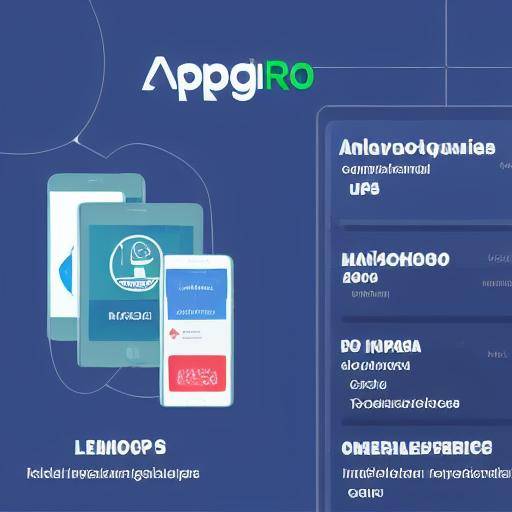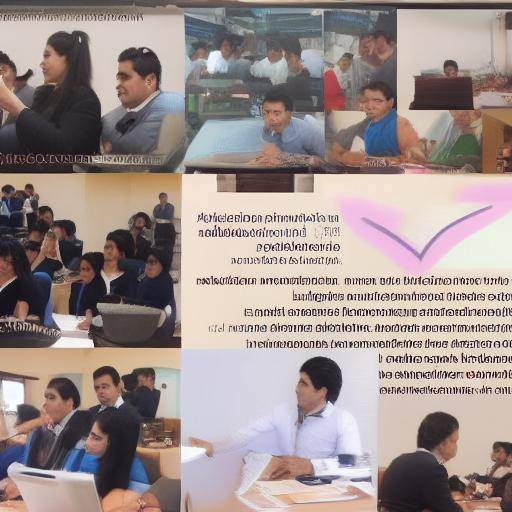
In the digital era, the integration of technology into the financial education of children has become a growing issue. Digital tools not only offer new opportunities to improve learning, but can also increase the efficiency of educational processes. In this article, we will explore the impact that technology has on the financial education of children, analyzing tools, learning and efficiency to understand their influence on the development of financial skills from an early age.
Introduction
Financial education is essential to cultivate financial intelligence in children, enabling them to make informed and responsible financial decisions throughout their lives. In this context, the role of technology becomes increasingly relevant, offering innovative tools that can enrich learning and improve the efficiency of educational programs. Throughout this article, we will explore how technological tools are transforming the way children learn about finance, and how this digital revolution can positively impact their economic future.
History and Background
The integration of technology in the financial education of children is rooted in the evolution of digital tools and their growing accessibility. In recent decades, the development of online educational platforms, mobile applications and interactive games has redefined the educational landscape, offering new ways of teaching and learning about finance in an attractive and dynamic way. This change has been instrumental in adapting child financial education to an evolving digital environment.
Benefits
Technological tools provide access to a large number of educational resources, from mobile applications specifically designed to teach financial concepts to online platforms that offer interactive courses. These tools not only make learning more attractive for children, but also give them the opportunity to learn at their own pace, personalizing their educational experience according to their interests and needs.
Challenges
Despite its benefits, the integration of technology into the financial education of children also poses challenges, such as the need to ensure the privacy and security of data, as well as the importance of monitoring the proper use of digital tools. In addition, some children may face barriers to access to technology, highlighting the importance of ensuring equity in accessing these tools.
Analysis in Deep
The impact of technology on the financial education of children extends beyond the mere adoption of digital tools. Technology also provides a way to optimize the efficiency of educational programmes, which can be translated into more effective and meaningful learning for children.
Practical Applications
Technological tools and applications can allow children to simulate real financial situations, make decisions about spending and investments, and understand the financial implications of their choices. These simulations can strengthen the financial understanding of children, giving them the opportunity to experience and learn safely in a virtual environment.
Case studies
Many studies have shown that technological tools can improve the financial learning of children and increase their retention of information. In addition, gamification, i.e., the integration of play elements into learning, has proved to be particularly effective in maintaining the interests of children and fostering active participation in the educational process.
Comprehensive review
The combination of digital tools, innovative learning strategies and efficient approaches can transform the financial education of children. By exploring the benefits and challenges inherent in technology integration in this field, it is possible to identify best practices and optimize educational results.
Comparative perspectives
Compare the impact of different technological tools, learning approaches and efficiency strategies on the financial education of children offers a broader view of the options available. In understanding the similarities, differences and possible synergies between these tools, it is possible to identify the most effective solutions to promote financial literacy in children and to optimize their understanding of complex concepts.
Practical Tips and Accessible Advice
In considering the integration of technological tools into the financial education of children, it is essential to provide practical guidance to enable educators and parents to maximize their effectiveness. Establishing clear guidelines on the proper use of digital tools, as well as offering specific recommendations on educational applications and resources, can be crucial to ensuring successful implementation.
Industry Perspectives and Expert Reviews
Gaining insights from experts in financial education, educational technology and child psychology can provide a valuable insight into emerging trends, current challenges and future opportunities related to the use of technological tools in the financial education of children. In analyzing the perspectives of industry, it is possible to anticipate and adapt to changes in this constantly evolving field.
Case Studies and Practical Applications
Case studies that illustrate the successful implementation of technological tools in educational programs can provide a concrete view of their benefits. Analyzing how these tools have impacted the financial understanding of children in real environments provides tangible examples of their effectiveness and can serve as a model for other educators and parents.
Future Trends and Predictions
In projecting the future impact of technology on the financial education of children, it is possible to identify emerging trends and anticipate challenges and opportunities. Exploring predictions on how technology will continue to transform child financial learning can provide an informed insight into the future of this field.
Conclusion
The integration of technology into the financial education of children represents a unique opportunity to enrich their development, empower them with sound financial skills and prepare them for the demands of an increasingly digital world. By maximizing technological tools, innovative learning and educational efficiency, it is possible to pave the way for children to acquire a comprehensive understanding of finance from an early age, laying the foundation for a solid and sustainable economic future.
FAQs
What are some effective technological tools to teach financial education to children?
There are numerous effective technological tools such as interactive mobile applications, online educational games and custom learning platforms that adapt content to the individual needs of children.
How can educators and parents ensure safe and appropriate use of technology tools in the financial education of children?
Clear guidelines on the appropriate use of technology tools, actively monitoring their use and encouraging open communication on the importance of online privacy and security are essential.
What specific benefits do technology tools offer in the financial learning of children compared to traditional methods?
Technological tools can provide greater customization of learning, interactivity, progress monitoring and ability to simulate real financial situations, which can significantly increase content retention and understanding.
What is the role of gamification in the financial education of children using technological tools?
Gamification can increase the participation and motivation of children by making learning about financial education fun and attractive. The game elements can encourage problem solving and strengthen financial concepts playfully.
What are some challenges associated with integrating technology into the financial education of children and how can they be addressed?
Some challenges include proper monitoring of the use of technology, equity in accessing digital tools and ensuring privacy and data security. These challenges can be addressed through the implementation of clear policies, the promotion of digital literacy and the use of accessible technology for all children.
How can educators and parents evaluate the effectiveness of technological tools in the financial education of children?
The effectiveness of technological tools can be evaluated through the analysis of the commitment and progress of children, the direct feedback of pupils, as well as the monitoring of educational results through specific metrics, such as improving the understanding of financial concepts and informed decision-making.
In conclusion, the integration of technological tools into the financial education of children is fundamentally changing the way they acquire financial knowledge. By offering personalized, interactive and effective learning, these tools have the potential to empower children with strong financial skills that will be invaluable to them throughout their lives. With a careful approach to benefits, challenges and best practices, it is possible to maximize the positive impact of technology on the financial education of children and prepare them for a prosperous economic future.






















































